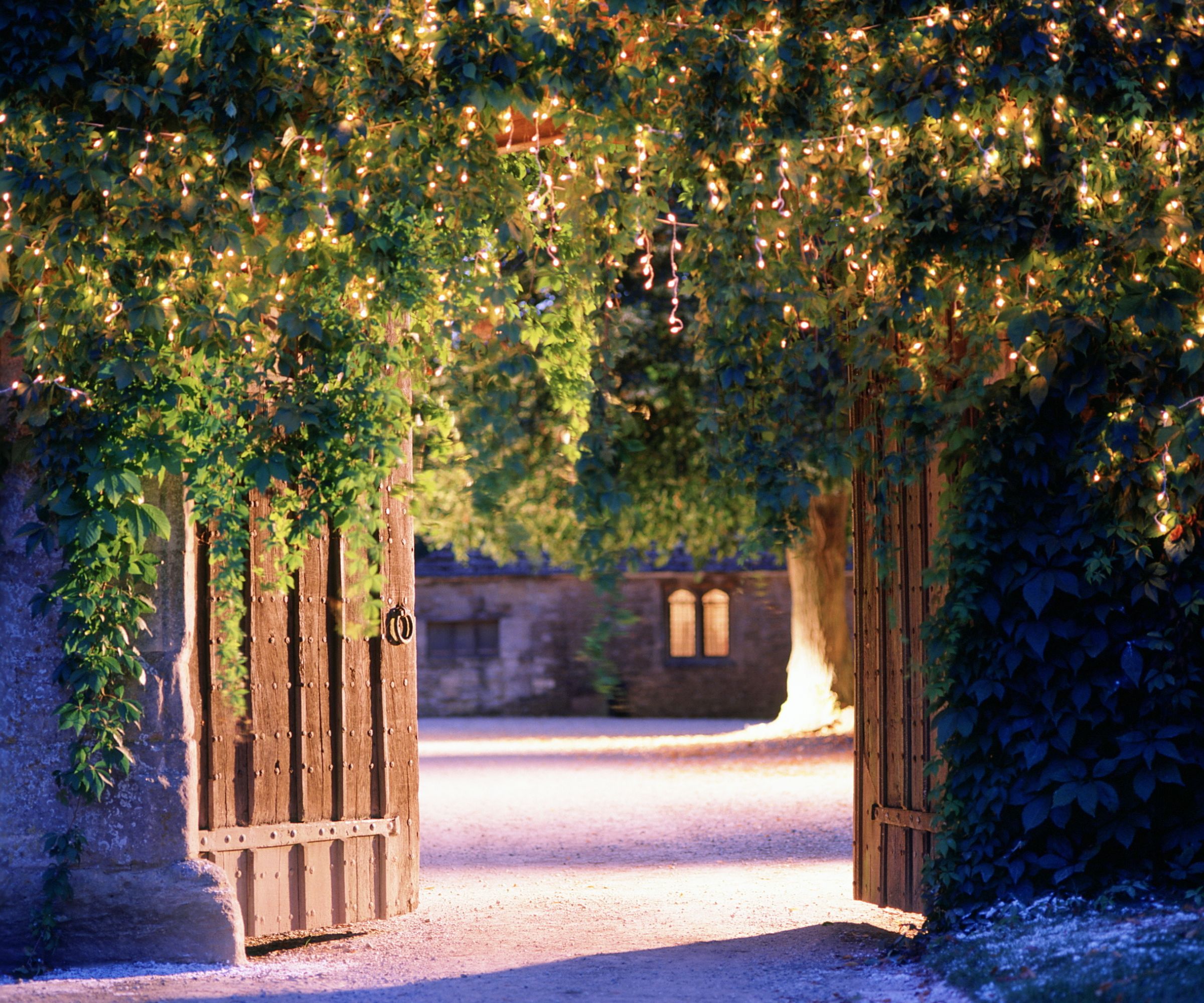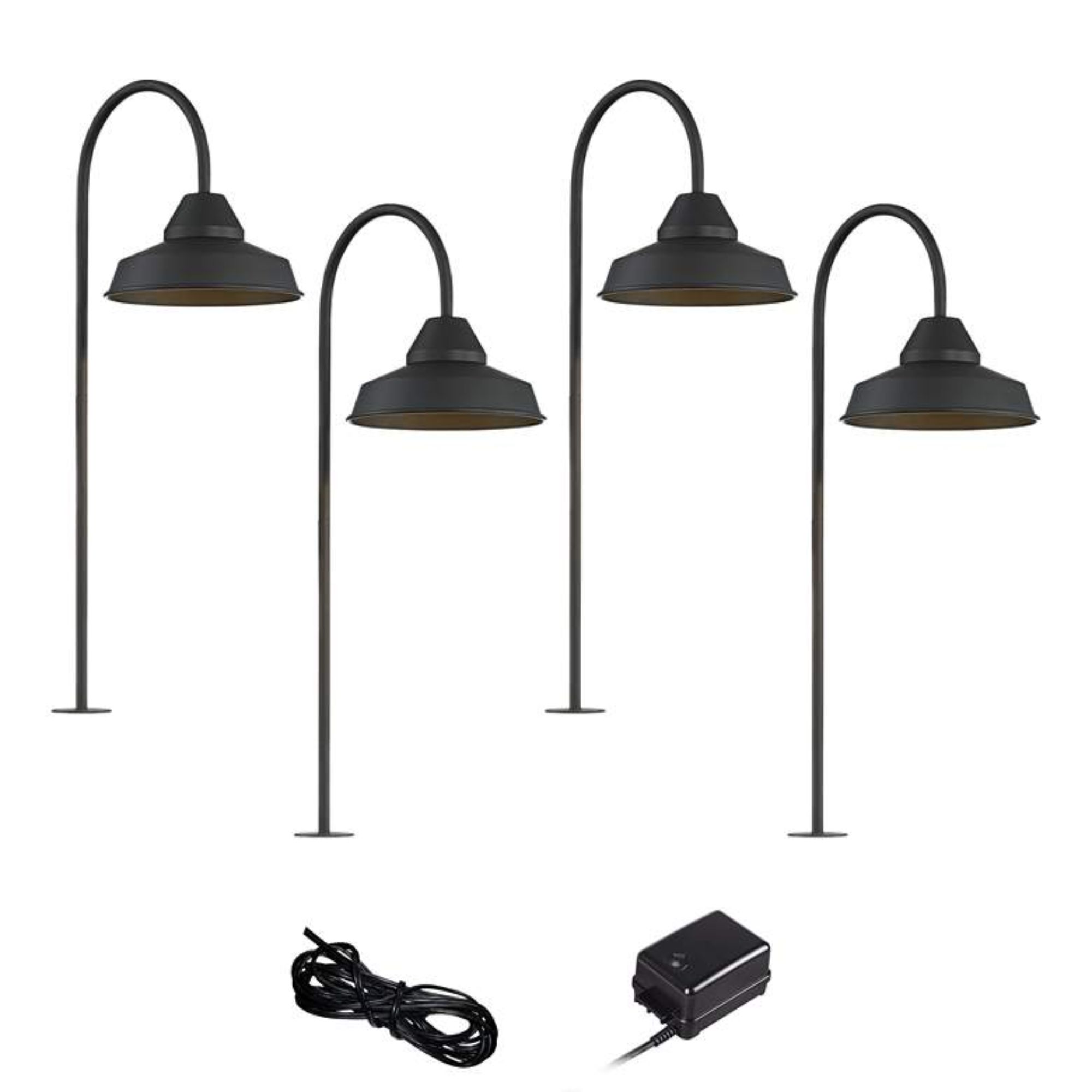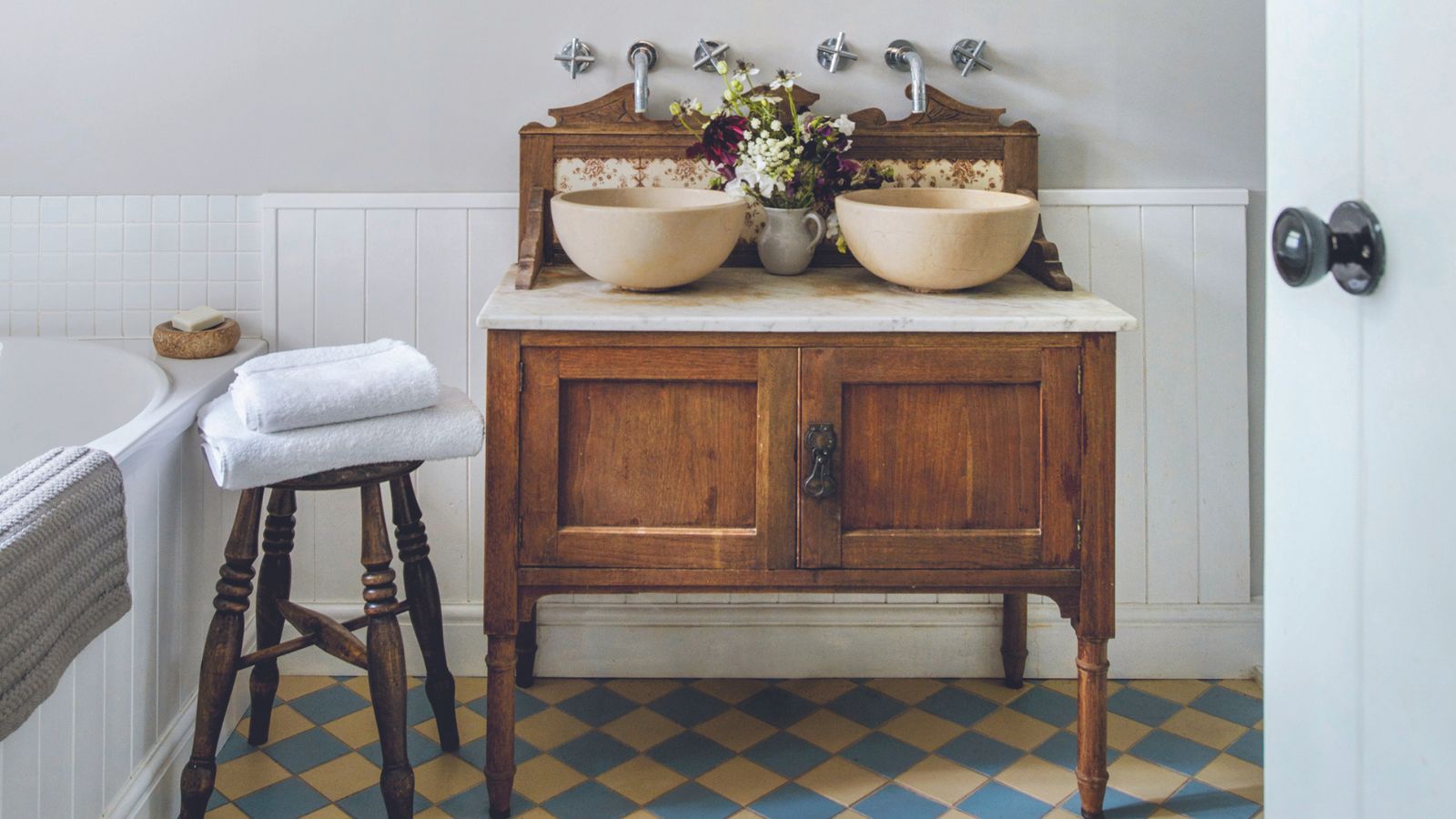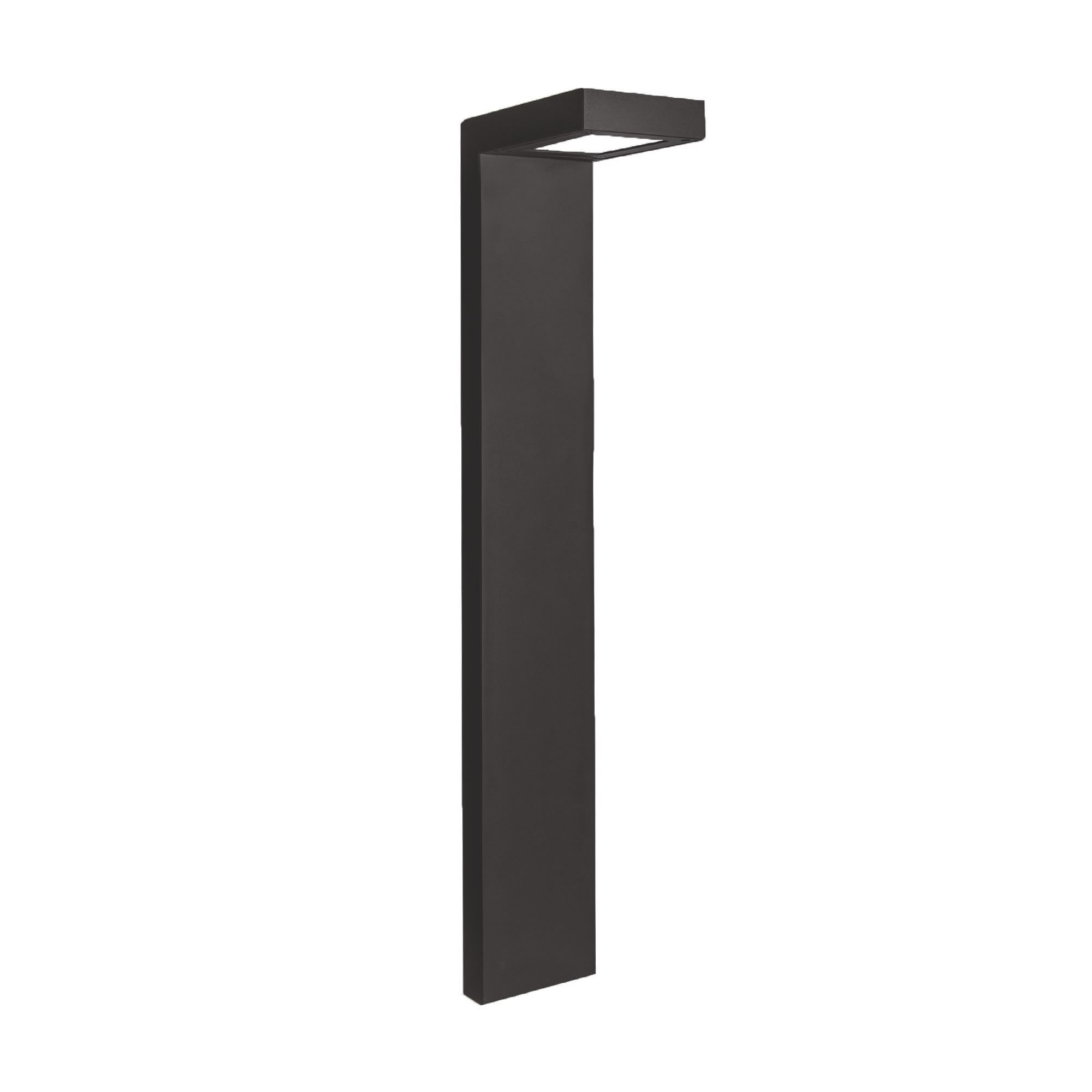Things outdoor lighting pros never do – a landscape designer reveals 5 common lighting mistakes, and what you should do instead
Achieve beautiful and practical outdoor lighting by knowing how to avoid these common errors


It can be tricky to get outdoor lighting right. Too much and the backyard looks like a parking lot; too little and you can't see where you're going.
On top of that, there are lots of tiny things that can make outdoor lights look cheap and badly-designed. If you don't know what you're doing, even expensive fixtures can look a little tired.
I spoke to an expert landscape designer about the things she never does when designing lighting for a space - and what you should do instead to avoid outdoor lighting mistakes.
1. Don't go overboard

The number one thing the experts recommend is to keep your lighting to a minimum. It's very easy to overdo it and end up with a stark, unwelcoming backyard.
Landscaping expert Camille Cimino told me, 'I've seen a lot of people go way overboard when lighting their backyard, imitating bright lighting designs they've seen at shopping malls or other public, commercial spaces.'
Camille adds: 'A backyard at its best is a private outdoor space where you can commune with nature, watching the stars in a lounge chair, or listening to the crickets and the birds. It can make sense to put a little light on a pathway or a border, but it's not necessary to cover your backyard in floodlights like a parking lot.'

Camille Cimino is a Landscape Designer at The Nature of Things, a landscape design firm that specializes in low maintenance, drought tolerant, and environmentally friendly gardens.
2. Don't buy cheap lights

While it's tempting to buy inexpensive lights, this is such a common outdoor lighting mistake and it can cost you more money in the long run.
Camille Cimino says, 'Overall, it's better to invest money in a few quality lights you love than to buy cheap drugstore lights that will burn out after just one year or less or plastic things that won't be durable in the sun.'
Spending a couple of hundred dollars on high-quality lights now can mean lower ongoing costs, because you aren't replacing cheap lights which don't work every year.
On top of that, more expensive lights look much better than cheap plastic lights from big-box stores. They're almost always made from aluminum, so they are much more thought-out and intentional than plastic string lights thrown over a shrub, or plastic stake lights placed haphazardly along a path.

These path lights come as a set of six. Best of all, they glow at 350 lumens, providing bright, practical lighting.
3. Don't forget about safety

Outdoor lighting should be practical above all else. The main goal is to see where you're going - any aesthetic considerations are ultimately nice-to-haves.
This means that if you're lighting a pathway, the biggest concern is safety. Rather than half-lighting the way with fairy lights overhead, invest in solid path lights that can actually help you see where you're going.
Camille says, 'For a pathway, you don't want anything obtrusive that people can trip over. Unobtrusive is best. But it's nice to add one or two beautiful lanterns you love for glamour.'
4. Don't have visible light sources

This rule doesn't apply to lanterns and festoon lights, where the lights are supposed to be seen and are a style statement in themselves. For any accent lighting or uplighting, using rope lights or spotlights, for example, it's important to hide the light fixture.
Camille Cimino says 'It's good to see the light, but not the light fixture, in a lot of outdoor lighting. A small light pointed upwards should highlight a tree or other feature, rather than calling attention to itself.'
If the light source isn't hidden, it can be an eyesore - a lump of plastic or metal in an otherwise pristine garden. However, don't stick to this rule too strictly. Camille says 'Some visible light sources, such as lanterns, can be a beautiful addition.'
5. Don't use solar lights
The most controversial opinion among the experts is that you shouldn't buy solar lights. While I've tested several sets of the best solar lights, and found a handful that do what they're supposed to do, the expert says to steer well clear of solar lights.
Camille says 'Often, cheap plastic solar lights aren't really a bargain, because the sun cracks the plastic after a season or two, and they become unsightly.' More expensive - but more durable, wired-in lights will last for much longer.
Camille adds that solar lights are often poor performers. 'They also in many cases only stay lit for an hour or two after sundown.' Wired-in lights, on the other hand, will stay lit for as long as you leave them on. If you wire in a timer, you don't even need to think about it.
'When the batteries die, they wind up as more plastic in the landfill - not great for the environment. If the batteries are tossed in the trash with them rather than properly disposed of at a toxics disposal site as they should be, it makes matters worse,' adds Camille. While there are similar environmental concerns with wired-in lights, wired lights don't have batteries.
We've spoken to lots of lighting experts over the years about how to light a backyard. If you're lighting a garden path, make sure to space them eight feet apart, and follow the golden rule - use the height of the path light as the measure for how far back it should be from the path.
Sign up to the Homes & Gardens newsletter
Design expertise in your inbox – from inspiring decorating ideas and beautiful celebrity homes to practical gardening advice and shopping round-ups.

As a gardens and lifestyle contributor, Alex makes sure readers find the right information to help them make the best purchase. Alex got his start in reviewing at the iconic Good Housekeeping Institute, testing a wide range of household products and appliances. He then moved to BBC Gardeners’ World Magazine, assessing gardening tools, machinery, and wildlife products.
-
 I'm 5ft2 and this telescopic scrubber safely and easily banished mold and grime in even the hardest-to-reach areas of my bathroom in less than 15 minutes
I'm 5ft2 and this telescopic scrubber safely and easily banished mold and grime in even the hardest-to-reach areas of my bathroom in less than 15 minutesMy bathroom has never looked better thanks to this handy $16 two-in-one tool from Joseph Joseph
By Ottilie Blackhall Published
-
 Everyone is obsessed with vintage tiles right now – bring the nostalgic charm of this classic design feature into your home with our 5 design ideas
Everyone is obsessed with vintage tiles right now – bring the nostalgic charm of this classic design feature into your home with our 5 design ideasHonor the past with our favorite ways to decorate with vintage tiles, as suggested by interior design experts
By Eleanor Richardson Published

